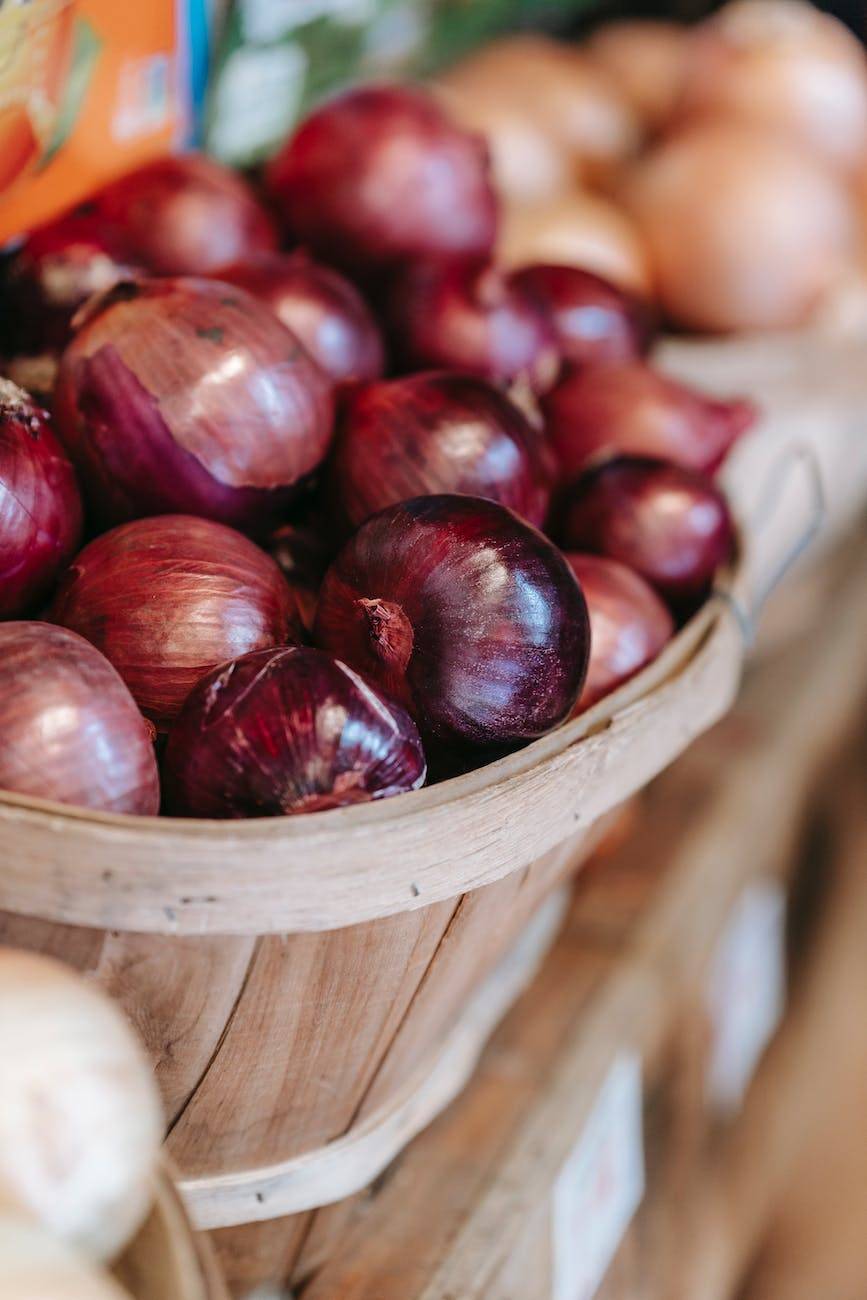Understanding Raw Milk
Before you venture out to buy raw milk, it’s crucial to understand what it is and the potential benefits and risks associated with its consumption.
What is Raw Milk?
Raw milk is milk that has not been pasteurized, meaning it has not undergone the process of heating to kill off harmful bacteria. This means it retains its original state as it comes straight from the cow, goat, or sheep, without any processing to remove potential pathogens.
Benefits and Risks
Raw milk can be a source of beneficial bacteria, enzymes, and nutrients that are destroyed during pasteurization. However, it’s important to note that, while some people believe these elements contribute to better health, recent scientific reviews have concluded that there is no reliable scientific evidence to support the suggested health benefits of raw milk. Claims related to improved nutrition, prevention of lactose intolerance, and provision of “good” bacteria from the consumption of raw milk have no scientific basis and are myths.
On the flip side, raw milk carries an increased risk of bacterial infections, such as Salmonella, E. coli, and Listeria. These bacteria can cause severe illness, hospitalization, or even death, particularly in vulnerable populations such as pregnant women, young children, and those with weakened immune systems. From 1993 to 2006, 73% of dairy product outbreaks in the US involved raw milk, resulting in 1571 reported cases, 202 hospitalizations, and 2 deaths.
While the potential health benefits of raw milk are often highlighted by proponents, they are outweighed by the risks of bacterial contamination. Thus, when it comes to deciding whether to consume raw milk, it is essential to weigh these benefits and risks carefully. If you still wish to explore the world of raw milk, ensure that you source it responsibly from a trusted and reputable raw milk farm near you.
Legal Restrictions on Raw Milk
Before deciding to buy raw milk, one must be aware of the legal restrictions that exist in different regions. These laws are in place due to the potential health risks associated with the consumption of unpasteurized milk.
Raw Milk Laws in the US
In the United States, the sale of raw milk is governed by both federal and state laws. According to the Raw Milk Institute, due to FDA restrictions, raw milk is only sold within the state in which it is produced. This means that interstate sale of raw milk is prohibited.
However, the specific regulations can vary significantly from state to state. Some states allow the sale of raw milk in retail stores, while others only permit sales directly from farms. There are also states where the sale of raw milk is completely banned due to safety concerns.
Before purchasing raw milk, it is recommended to check your state’s specific laws and regulations to ensure that you are in compliance.
Raw Milk Laws in Canada
In Canada, the laws regarding the sale and consumption of raw milk are much stricter. The sale of raw milk for human consumption is strictly prohibited under federal law, as it is considered a potential health hazard (Source).
Violators of this federal law can face hefty penalties, including fines up to $250,000 and imprisonment for up to two years.
Just like in the US, each province and territory in Canada has its own regulations regarding raw milk. However, most follow the federal law and impose similar penalties.
The strict regulations in Canada make it much more challenging to buy raw milk. However, it’s important to remember that these laws are in place to protect public health.
Regardless of where you live, if you choose to consume raw milk, it’s crucial to buy it from reputable sources and to handle it with care to minimize potential health risks. For those interested in finding raw milk suppliers, our raw milk finder is a valuable resource.
Sourcing Raw Milk Responsibly
When it comes to raw milk, it’s crucial to source it responsibly due to its potential health risks. The Raw Milk Institute (RAWMI) and several health organizations provide guidance to ensure the safety of raw milk consumption.
Raw Milk Institute and Farmers
Farmers who are listed with the Raw Milk Institute have been trained in raw milk risk management and optimization. They test their milk often, adhering to rigorous standards, to ensure that their milk is being produced in a way that discourages pathogen growth. However, due to FDA restrictions, raw milk is sold only within each state in which it is produced.
It’s recommended to buy raw milk directly from raw milk farms that are listed with the RAWMI and follow stringent hygiene practices. This ensures that you are getting a product that meets the highest safety standards. You can locate a raw milk farm near you using our raw milk finder.
Precautions in Buying Raw Milk
Raw milk is milk that has not been pasteurized or homogenized, meaning it has not been heated to kill bacteria or processed to separate the cream from the milk. While this may preserve some nutrients better than pasteurized milk, it carries an increased risk of bacterial infections, such as Salmonella, E. coli, and Listeria.
The potential health benefits of raw milk are outweighed by the risks of bacterial contamination, especially for vulnerable populations like pregnant women, young children, and those with weakened immune systems (Healthline).
Raw milk can be contaminated with pathogens even when sourced from clinically healthy animals. In some studies, up to a third of all raw milk samples contained at least 1 type of pathogen. Fecal contamination, direct passage from the blood, udder infection, and contamination from human skin are common ways raw milk becomes contaminated.
Therefore, it’s essential to source raw milk from a reputable farm that follows strict hygiene practices and regularly tests their milk for bacteria. If you’re unsure where to get raw milk, you can use our where to buy raw milk guide to find a reliable supplier near you.
Popular Raw Milk Suppliers
While not easily available in all regions due to varying regulations, there are a number of reliable farms and suppliers where you can buy raw milk. Let’s explore three popular suppliers in this section.
Fond Du Lac Farms
Located in Casa Grande, Arizona, Fond Du Lac Farms is a well-established supplier of raw milk. With over 25 store locations offering their products, it’s a great option for those living in the area looking for a convenient source of raw milk. Their commitment to maintaining the highest standards of quality and safety makes them a favorite amongst raw milk enthusiasts. For more on where to find their products, check out the Raw Milk Institute.
Copeland Family Farms
Based in Grenada, California, Copeland Family Farms is another trusted source of raw milk. They operate under a herd share program, which allows individuals to own a share of a cow and in return, receive a portion of the raw milk produced. This is a common practice in regions with strict regulations on the direct sale of raw milk. For more information on their herd share program, visit the Raw Milk Institute.
Dancing Feathers Farm
Located in Bloomingdale, Michigan, Dancing Feathers Farm is known for their premium raw milk. Similar to Copeland Family Farms, they also operate under a herd share program, allowing individuals to access raw milk in an area where direct sales may be restricted. They pride themselves on their ethical and sustainable farming practices, ensuring the highest quality of milk for their shareholders. For further details on their herd share program, refer to the Raw Milk Institute.
Before buying raw milk, it’s important to be aware of the regulations in your specific area as some states and countries have banned the sale of raw milk due to safety concerns. For instance, in Canada, the sale of raw milk for human consumption is strictly prohibited under federal law. Always remember to source raw milk responsibly.
Raw Milk and Health
When deciding to buy raw milk, it is essential to understand the potential health implications. This section aims to provide a balanced overview of the health benefits and concerns associated with raw milk consumption.
Potential Health Benefits
Raw milk can be a source of beneficial bacteria, enzymes, and nutrients that are destroyed during pasteurization. Some believe that raw milk offers health benefits such as better digestion, stronger immune system, and improved nutrient absorption. However, it’s important to note that there is limited scientific evidence to support these claims.
Raw milk also contains beneficial bacteria and enzymes that could potentially aid in digestion and improve gut health. Additionally, it’s a good source of nutrients such as vitamins A, D, and B12, as well as calcium.
Despite these potential benefits, recent scientific reviews have concluded that there is no reliable scientific evidence to support the suggested health benefits of raw milk. The claims related to improved nutrition, prevention of lactose intolerance, and provision of “good” bacteria from the consumption of raw milk have no scientific basis and are considered myths (NCBI).
Health Concerns and Warnings
While some people are drawn to the potential benefits of raw milk, it’s important to also consider the health risks. Raw milk can carry harmful bacteria such as Salmonella, Escherichia coli (E. coli), and Listeria, which can cause severe illness, hospitalization, or even death.
Drinking raw milk carries a higher risk of bacterial infections compared to pasteurized milk, especially for vulnerable populations such as children, pregnant women, and the elderly. Raw milk can be particularly dangerous for these populations as they are more susceptible to severe illness from foodborne infections.
The potential health benefits of raw milk are outweighed by the risks of bacterial contamination, especially for vulnerable populations such as pregnant women, young children, and those with weakened immune systems.
Finally, it’s worth noting that raw milk can be contaminated with pathogens even when sourced from clinically healthy animals. In some studies, up to a third of all raw milk samples contained at least one type of pathogen. Fecal contamination, direct passage from the blood, udder infection, and contamination from human skin are common ways raw milk becomes contaminated.
Purchasing raw milk is a decision that should be made with a full understanding of the potential benefits and risks. It’s crucial to source raw milk responsibly from trusted suppliers. A helpful resource for locating these suppliers is our raw milk finder.
Raw Milk and Nutrition
While searching for where to buy raw milk, it’s important to understand the nutritional content of raw milk and how it can be affected by pasteurization.
Nutritional Content of Raw Milk
Raw milk is a good source of nutrients such as vitamins A, D, and B12, as well as calcium. It is milk that has not undergone pasteurization, a process of heating the milk to kill bacteria and pathogens.
Furthermore, raw milk contains beneficial bacteria and enzymes that can aid in digestion and improve gut health. These beneficial components can be a part of your diet when choosing to buy raw milk.
| Nutrient | Amount in Raw Milk |
|---|---|
| Vitamin A | 10% of the DV |
| Vitamin D | 25% of the DV |
| Vitamin B12 | 18% of the DV |
| Calcium | 28% of the DV |
Impact of Pasteurization on Nutrients
Pasteurization is a process designed to ensure the safety of milk by eliminating harmful bacteria. However, many wonder about its impact on the nutritional content of the milk.
According to an article published by NCBI, pasteurization does not cause significant changes in the nutritional quality of milk. It does not affect the protein quality or concentrations of minerals.
Minor losses of certain vitamins, such as vitamin C, folate, vitamin B12, vitamin B6, and thiamine, may occur during pasteurization. However, pasteurization does not change the concentrations of riboflavin, fat-soluble vitamins like vitamin A or E, or minerals.
So, while there are some minor losses in certain nutrients, the overall nutritional profile of the milk remains largely the same post-pasteurization.
| Nutrient | Loss during Pasteurization |
|---|---|
| Vitamin C | Minor Loss |
| Folate | Minor Loss |
| Vitamin B12 | Minor Loss |
| Vitamin B6 | Minor Loss |
| Thiamine | Minor Loss |
This information can be crucial when deciding where to buy raw milk and whether to choose raw or pasteurized milk.




Leave a Reply